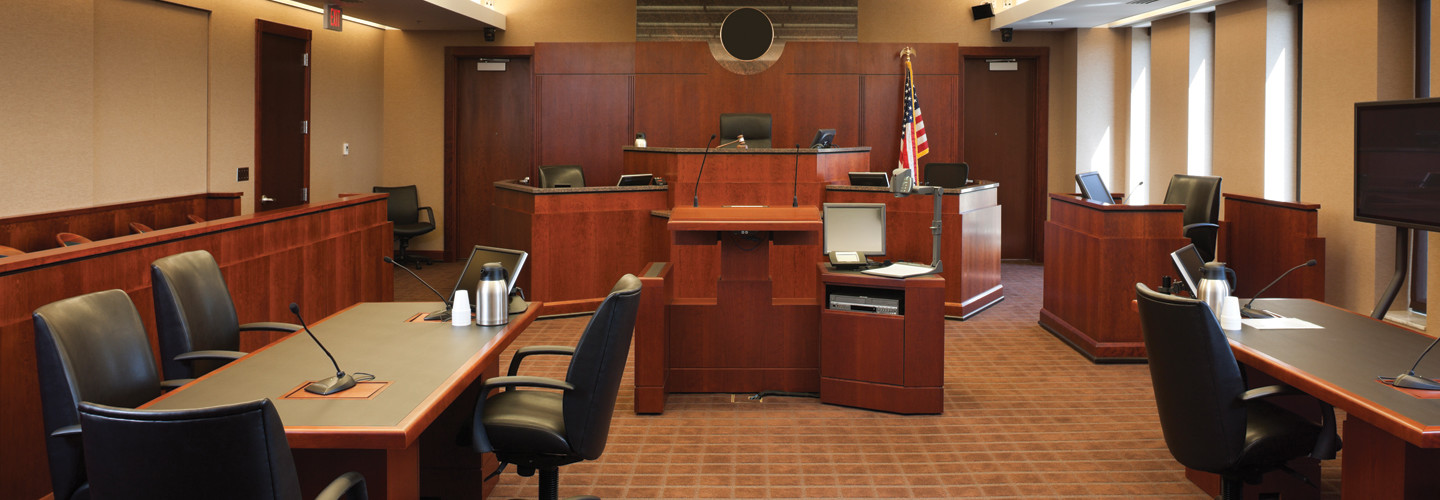Courts Use Video to Gain Efficiencies, Continue Proceedings
During the pandemic, courts have conducted a wide range of proceedings virtually, including filing motions and having detectives, prosecutors and crime survivors appear remotely, as Wired notes.
The publication reports:
At least 16 states used Zoom to conduct bail, evidentiary, and other pre-trial hearings. Federal legislation authorized district court judges to allow video or teleconference in some criminal proceedings, including guilty pleas and sentencing. Both Florida and Texas have conducted civil and criminal trials on Zoom.
David Byrn, presiding judge of the 16th Circuit Court of Jackson County, Missouri, tells the Kansas City Business Journal that videoconferencing is ideal for hearings where lawyers argue over motions about a case, but not for situations when the facts of a case are being debated.
Having lawyers appear on video enables them to save the time they would usually spend driving to and entering courthouses, leading to greater availability and more efficiency in court proceedings, the publication notes.
Lawyers in the Kansas City area are using videoconferencing for proceedings such as arbitrations and mediations, according to the Business Journal.
“I think everyone now realizes they can practice law from anywhere because 90% of what they do, they can do remotely,” Jay Daugherty, a former circuit court judge who now works as a mediator at Jay Daugherty Mediation, tells the publication. “I’m not saying it will be 90%, but videoconferencing is not going to go away. You’ll see a greater usage than you saw previously.”
According to the National Center for State Courts, virtual court appearances have helped make it easier for litigants to appear. That has led to increases in appearance rates in various states.
For example, according to the NCSC, “in some parts of North Dakota, appearance rates for criminal warrant hearings are nearly 100 percent, compared to about 80 percent before the pandemic.”
In Michigan, the failure-to-appear rate has plunged. “Considering all its cases, the rate went from 10.7 percent in April 2019 to 0.5 percent in April of this year,” the NCSC notes.
In Ohio, the Barberton Municipal Court used grant funding to set up a second courtroom solely for videoconferencing, Governing reports, doubling its virtual capacity. Before this, only one courtroom had video capabilities. If a judge needed to videoconference, he or she had to wait until the court was free.
Meanwhile, the Summit County Common Pleas Court recently launched a pilot to allow people on probation to check in with probation officers via a smartphone app, Governing reports. “It’s a benefit to individuals who don’t necessarily have the resources others do, such as transportation, employment issues and childcare,” Amy Corrigall Jones, the court’s administrative judge, tells Governing.
The pandemic has “opened our eyes to uses of technology we hadn’t considered,” Rick Klinger, Stow Municipal Court administrator, tells Governing. “It forced us to think about it and come up with solutions. They’ve turned out to be good short-term fixes and — several of them — long-term fixes.”










